Recently, I overheard someone say that in gardening, “every year is a rebuilding year.” Not that our gardening endeavors each year are for naught, but as spring rolls around and we begin a new season of gardening, it’s time to start fresh with yard care, discover new plants for the garden and take steps to keep your landscape thriving. As you begin the process of “rebuilding” this spring, here are some ideas to keep in mind.
First, in the process of “rebuilding” your lawn, there is one major task to tackle right now: eradicating moss. Remember the three steps to success: 1) Kill existing moss; 2) Discourage moss re-growth; and 3) Feed grass to build strong turf. Killing moss is easy with the right product, so pick up a bag of ferrous sulfate at Vander Giessen Nursery and wipe it out in one application.
To discourage moss re-growth, follow up in a week or two with Espoma Lightning Lime. Then, later this month, apply Scotts Turf Builder with Moss Control to feed your grass. The moss killer in this fertilizer is mediocre compared to ferrous sulfate, but the fertilizer itself is a good blend for feeding lawns without forcing too much growth. Consider it a good fertilizer for people who don’t like to mow!
Finally, take some time this month to “rebuild” existing plants in your yard by pruning. Whether cold temperatures burned the tips of branches or our recent freezing rain brought down whole limbs, ensure that you keep your trees and shrubs healthy by cleaning up dead wood. Particularly on plants that suffered broken branches, prune or saw off the jagged remnants to create a clean break; this will allow the plant the best chance to recover in the coming year.
As we get underway with another year of gardening, enjoy the beauty this season has to offer and relish the opportunity to start anew in the garden.


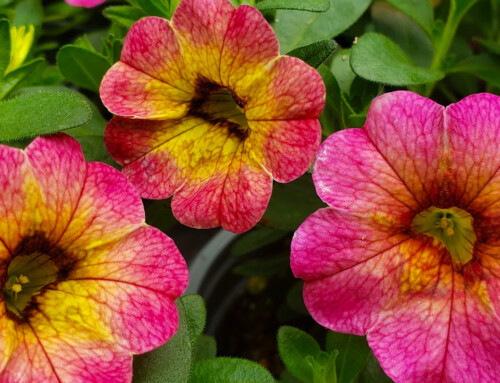
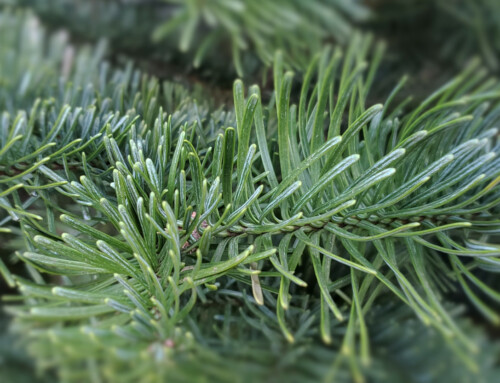
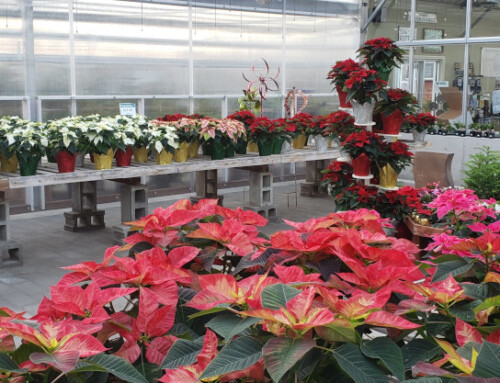
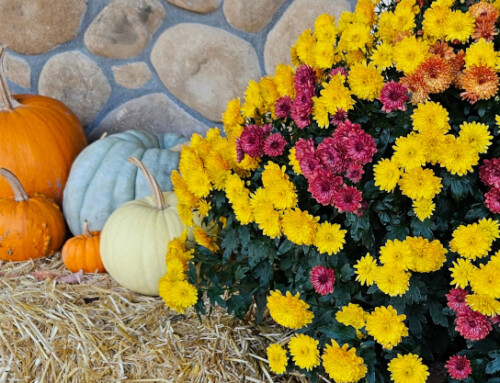
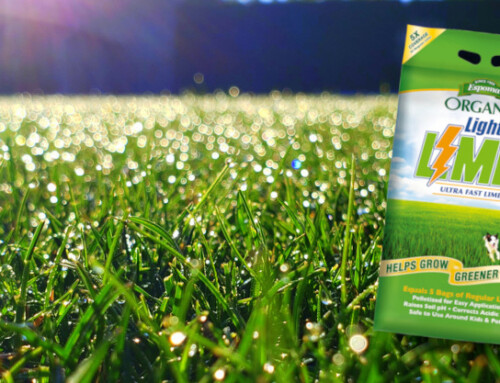
Leave A Comment